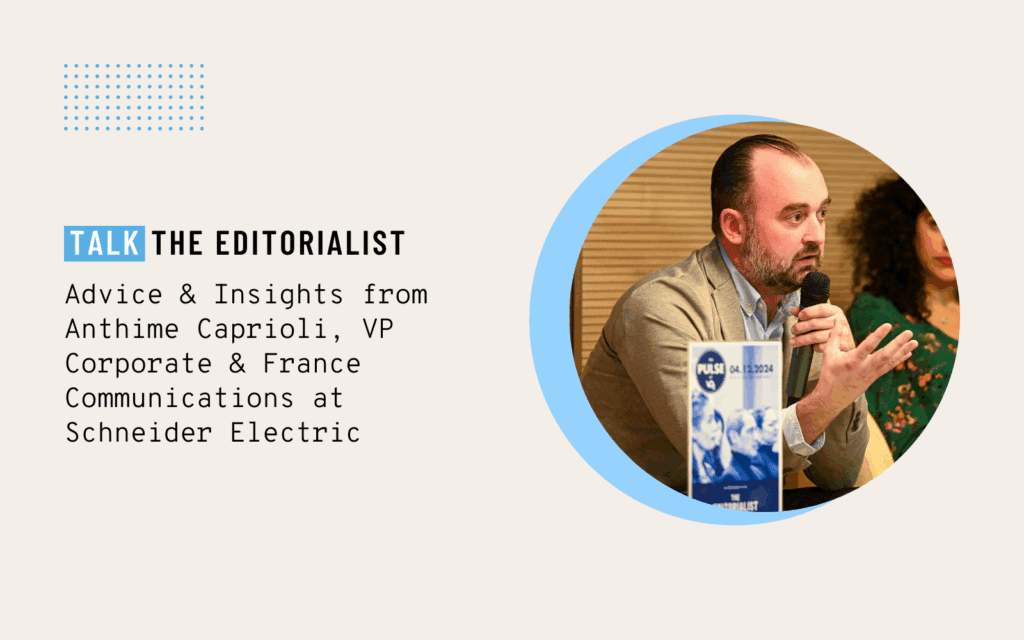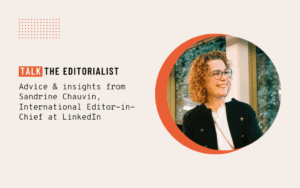In this interview, he shares his experience and reflects on the successes and challenges encountered along the way. Here are the key takeaways from our conversation.
“Sustainability has been at the heart of Schneider Electric for 20 years.” Why, and how, did this journey begin?
It goes back to 2003, under the leadership of Jean-Pascal Tricoire, then COO (and later CEO) of the company. We recognised early on that sustainability was a strategic imperative — not only for our economic performance but also for our organisational resilience.
Initially, Schneider Electric focused on energy-related issues, gradually expanding into digital transformation. It’s important to remember that sustainability is a marathon, not a sprint. Over time, we embedded it into our DNA, supported by tools such as the Planet & Society Barometer — now the Schneider Sustainability Impact Index. This programme helped us transform the business and mobilise the entire organisation around sustainable development.
What have been the main milestones in this transformation?
Our first priority was internal mobilisation — raising awareness among employees about energy efficiency, biodiversity, and the circular economy. These themes, and the narratives around them, were first developed internally. Today, we connect each of these topics to our sustainability goals and KPIs. This forms the backbone of our internal communications plan.
We also integrated sustainability criteria into variable compensation for managers as early as the 2010s, with up to 20–30% of their bonus linked to these objectives — a highly effective incentive.
Major global events such as COP15 in Copenhagen and COP21 in Paris were turning points. Schneider Electric participated in both, using communications initiatives to drive internal awareness. These events — among others — helped embed sustainability in our collective consciousness and strengthen our storytelling both internally and externally.
How did you build a credible, motivating narrative?
It always starts with alignment between words and actions. Internally, we created a network of ambassadors to carry the message at every level of the company. These advocates are essential for bringing our vision to life on the ground.
Many companies saw this during the energy crisis: you need spokespeople equipped with the right tools to relay messages as locally as possible. We work on “both sides of the coin”: on one side, the need for embodiment and leadership; on the other, everyday messengers who make our actions tangible.
What role does leadership play in this process?
A central one. We’ve had the advantage of a CEO who, in every speech, brought sustainability back to the top of the agenda. That level of support has been decisive. But leadership must also be embodied at every tier of the organisation — right down to local ambassadors who translate these values into everyday actions.
You’ve mentioned a targeted approach depending on the audience. Which stakeholders do you prioritise?
We focus heavily on our direct clients — particularly the world’s Top 500 companies — with a specific emphasis on C-level executives. These decision-makers are key, as they lead major transformations within their organisations.
For this audience, we run campaigns highlighting projects with partners such as Decathlon, Icade, and Nexans, showcasing the leadership of their peers. The goal is to position Schneider as the partner of choice for a holistic energy and sustainability transition, combining strategic consulting with hands-on implementation.
Other audiences remain just as important. Employee engagement is a constant focus: every year, during European Sustainable Development Week — coinciding with Climate Week in New York — we organise events to inform and inspire our teams. In 2023, we placed particular emphasis on social themes such as diversity and inclusion, working with partners and suppliers. This reflects our commitment to advancing all dimensions of sustainability, not just the environmental ones.
Your “glocal” (global and local) approach seems to play a pivotal role in your strategy. Can you tell us more?
We are a global company, but our operations are firmly rooted in local realities. Our leaders are spread across four global hubs — France, the United States, India, and Hong Kong — and decision-making is decentralised to adapt to local contexts.
From a communications perspective, this means we set a global framework, but execution is in the hands of local teams who know their audiences best.
Sustainability regulation is evolving fast. How is Schneider Electric preparing?
The arrival of the CSRD directive and other similar regulations demands greater transparency and more detailed metrics. This pushes us to rethink our measurement tools. What should we continue to track to remain a leader? This will mark a new chapter in how we communicate and demonstrate our impact.



